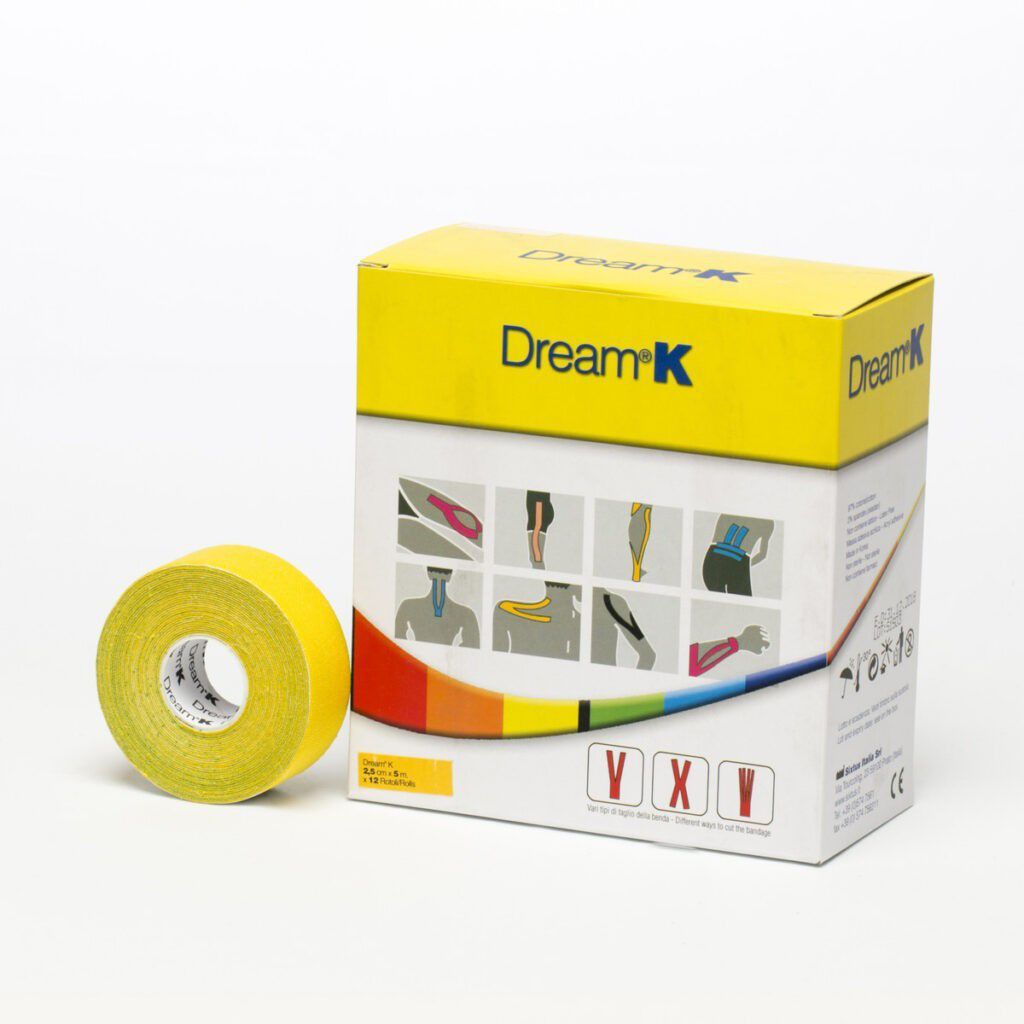News and Curiosity
Laser therapy for the cervical spine
Laser therapy: what is it?
The term Laser stands for Light Amplification by Stimulated Emission of Radiation. Since its first appearance in the medical field, this technology has been increasingly used in a wide range of applications. The physiotherapy device for laser therapy emits a monochromatic, collimated, and coherent beam of electromagnetic waves, which do not naturally occur. Low-Level Laser Therapy (LLLT) and High Power Laser Therapy (HPLT) are used in physiotherapy to treat various pathological conditions of the musculoskeletal system.Application of laser therapy for cervical issues
To better understand what laser therapy is and how it can help treat cervical pain, knee problems, and other inflammatory conditions, here are some clarifications. For a laser to be therapeutic, the light emitted by the device must be:- Monochromatic: The light must have a single frequency, meaning one color, which is defined by its wavelength. Different wavelengths interact differently with various tissues, penetrate to different depths, and can stimulate specific responses to achieve therapeutic effects.
- Collimated: A critical feature that allows high selectivity. It refers to the laser light's ability to travel in a single direction, enabling the treatment of small tissue areas without dispersing energy into surrounding, unaffected areas.
- Dose-controlled: Since it involves stimulating biological tissue, it is essential to set the correct amount of energy, measured in Watts and Joules.
When to Use Laser Therapy for Cervical Disc Herniation
Laser therapy has numerous applications for various conditions. Cervical laser therapy is a specific application used to treat disorders in this area, such as:- Cervical osteoarthritis
- Tension-type headaches
- Neck pain (cervicalgia)
- Cervicobrachialgia
- Keloid scars in the cervical area
- Edema
- Cervical herniated or bulging discs
- Rheumatic and degenerative diseases like fibromyalgia
- Traumatic conditions such as joint sprains (ankle sprains)
- Muscle strains or tears
- Whiplash injuries
- Muscular Issues: These are statistically the most common cause of cervical pain. A thorough assessment will help determine whether to treat muscles like the scalenes, sternocleidomastoid, or levator scapulae. The goal is to release muscle contracture and reduce inflammation and pain.
- Neurological Issues: Frequently seen in cases like cervical disc herniation, where laser therapy can offer therapeutic support alongside other physiotherapy techniques. Treatment focuses on the nerve root at the exit point from the intervertebral foramen.
- Joint Issues: Also common, including problems like osteoarthritis, bone spurs (osteophytes), spondylolysis, or spondylolisthesis.
Who is cervical laser therapy suitable for?
Laser therapy can be used by a wide range of patients. It is suitable for:- Young individuals such as athletes or students with cervical pain due to poor posture
- Elderly patients suffering from chronic cervical pain due to joint degeneration or arthritis
- People with sedentary or repetitive jobs causing muscular tension
Therapeutic effects of laser therapy for cervical pain
Numerous studies have demonstrated the effectiveness of low-level laser therapy for various conditions. Increasing evidence shows it can also be used preventively and to enhance muscle strength and regeneration, paving the way for cervical exercises that are often hard to perform due to pain. The general effects are:- Anti-inflammatory and anti-edema effect
- Pain relief through various mechanisms:
- Blocking the action potential of nociceptive nerve endings
- Promoting drainage of pain-causing substances
- Interaction with large myelinated fibers in line with the Gate Control Theory
- Increasing the production of morphine-like substances
- Biostimulation by increasing ATP production
Benefits of laser therapy for cervical disc herniation
The advantages of cervical laser therapy are numerous:- Fewer treatment sessions: Laser therapy is highly effective; improvements in pain and range of motion are often noticeable after just one session.
- High energy doses in minimal time: Modern physiotherapy lasers deliver high energy quickly. Variable intensity: The anti-inflammatory and analgesic responses can be modulated during the session.
- Immediate pain relief: Many patients feel pain reduction right away. Chronic pain improvement: High-power cervical laser therapy can alleviate symptoms of long-standing cervical pain.
How laser therapy is applied to the cervical area
Scientific studies provide tables with recommended energy doses for each type of condition. Some examples:- Cervical muscle contractures: 2000–3000 J
- Trigger points: 300 J
- Cervical osteoarthritis: 1000 J
Application methods
There are two main delivery methods and one used by a type of therapy laser:- Manual scanning
- Point-by-point application
- Automatic scanning (optional, depending on the device)
Scanning Speed
The speed of scanning inversely affects tissue heating: faster scanning produces less thermal effect.Velocità di scansione
La velocità influisce sul riscaldamento dei tessuti in modo inversamente proporzionale: una scansione veloce produce minore effetto termico.Access points for cervical laser therapy
The treatment area varies depending on the condition:- Cervicogenic headache: From the eyebrow area down to the attachments of the sternocleidomastoid and scalene muscles Nerve root and radiculopathy: Focus on the nerve exit area at the affected intervertebral space and along the proximal nerve path
- Whiplash injuries: From the mid-scapular region up through the supraspinatus muscle path to the occipital insertion of the suboccipital muscles
Contraindications for shoulder laser therapy
Contraindications are divided into absolute and relative:- Absolute:
- Malignant tumors
- Hemorrhagic areas
- Relative:
- Carotid area
- Individual sensitivity (especially in darker skin tones)






